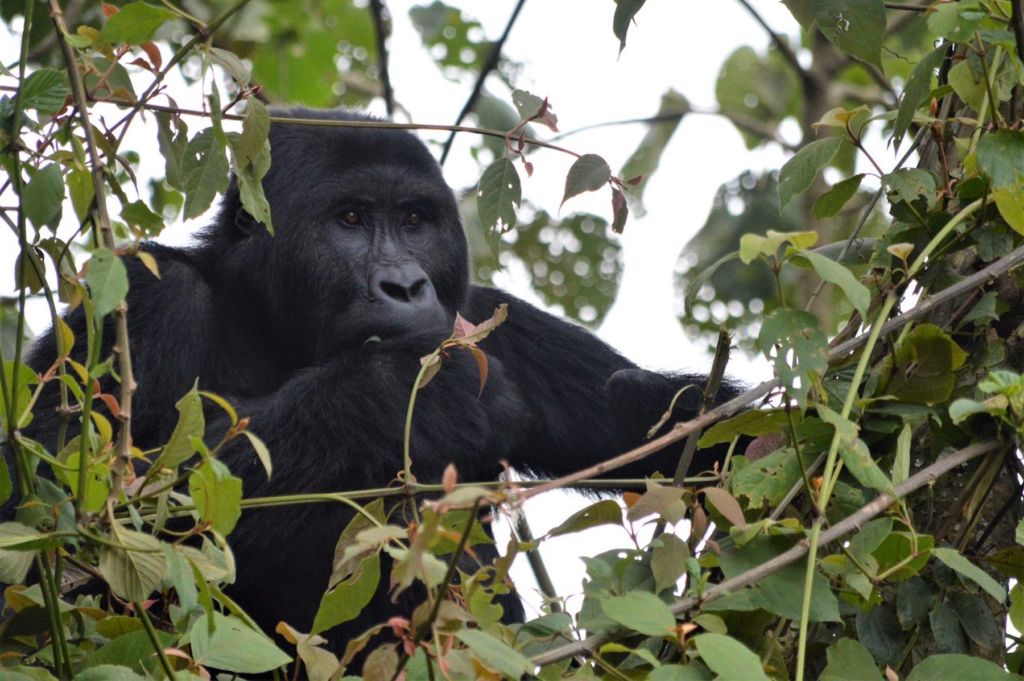Illegal Mining Threatens Gorillas in the Congo
In November of 2019, the Minneapolis Star Tribune ran an opinion piece by the Strib Editorial Board “Not This Mine, Not This Location.” The piece sought to lay out why Twin Metals Minnesota should not be allowed to develop the large deposits of copper, nickel, and cobalt because the proposed underground mine would be in the same watershed as the Boundary Waters Canoe Area Wilderness, which is simply so special that we must not try to manage the environmental risks of mining, we should reject them altogether.
Whether the editorial board realizes it or not, their position is the epitome of environmental privilege. The comfy urban liberals who work at the Star Tribune likely have all the gadgets that spur demand for copper, nickel, cobalt, and coltan, but they don’t want their place to be affected by mining. As a result, their preference would be for the metals to be mined somewhere else. But have they ever stopped to think that *just maybe* the people who live in other areas of the world might feel that their homes are just as important as the Boundary Waters?
Coltan Mining in the Congo, and The Grauer’s Gorilla
You may have noticed an unfamiliar metal in the list above: coltan. Coltan is a dull black metallic ore from which are extracted the elements niobium and tantalum, it is used in electronic equipment such as cellphones, solar panels, computers, tables, video game systems, and virtually every other electronic device. The illegal mining of this mineral in the Congo by artisanal miners has been linked to the population of the Grauer’s gorilla falling by 77 percent over the last two decades, according to a 2016 report by the Wildlife Conservation Society.

While the coltan mines, themselves, do not destroy large swaths of gorilla habitat, they draw an influx of people and money, creating both a demand for bushmeat and a means to pay for it, according to Mongabay. Because most of these artisanal mining sites are remote, the miners often turn to local wildlife for food, according to a 2106 study from the Wilderness Conservation Society. According to Mongabay:
“What happens is that sometimes hundreds of people live near these mines, and they want to buy meat. Hunters end up joining these mines, and kill any wildlife within a five to ten kilometer radius to sell it to the miners,” explains Caillaud. “The direct impact of the mines is really not that big, but the indirect impact is huge.”
The WCS states:
“Although protected by law, gorillas are highly prized as bushmeat due to their large size and because they are easily tracked and killed as they move in groups on the ground in their small home ranges.”
This situation would never occur in Minnesota, where mining companies must provide detailed studies of endangered species that would potentially be impacted by mining activities, and obtain permits from the state if mining activities affect them. This underscores the argument advocates of responsible mining have made all along: if we don’t mine here in Minnesota, where environmental protections are strong, production will inevitably shift to areas of the world where they aren’t.
Unlike copper, nickel, and cobalt, there are no coltan deposits to speak of in Minnesota, so whether or not PolyMet, Twin Metals, or any other mine is permitted here won’t change the market for coltan or its impact on Grauer’s gorilla, but its important for anti-mining Minnesotans to understand that there are real costs to taking a “not in my backyard” approach to developing the minerals they use every single day.